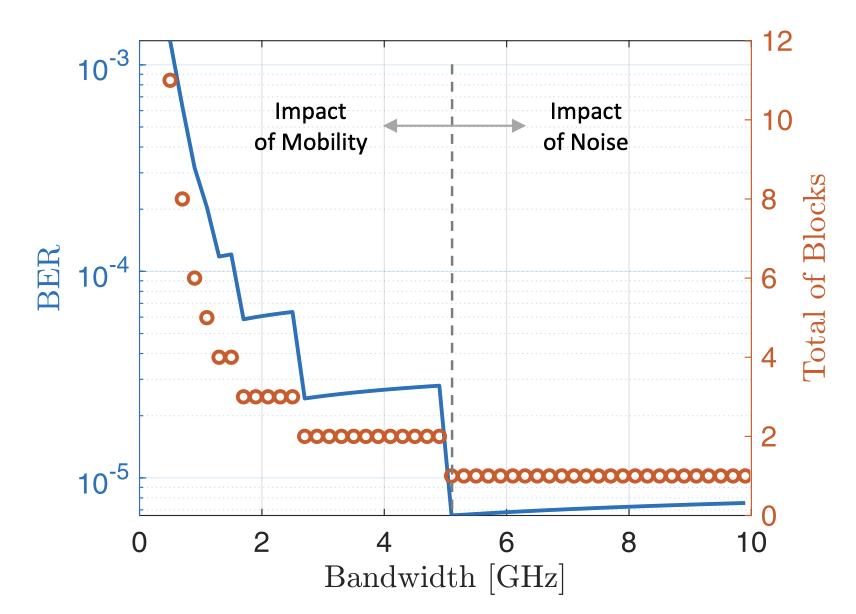Literature Database Entry
dressler2007dynamic
Falko Dressler and Feng Chen, "Dynamic Address Allocation for Self-organized Management and Control in Sensor Networks," International Journal of Mobile Network Design and Innovation (IJMNDI), vol. 2 (2), pp. 116–124, 2007.
Abstract
Several data-centric communication paradigms have been proposed in the domain of Wireless Sensor Networks (WSN). Therefore, the principles of operation and maintenance in such networks are changing to control massively distributed systems. Previous addressing schemes fail or produce too much overhead if only locally unique addresses of sensor nodes are required. In this paper, we present a dynamic address allocation scheme for localised address assignments in WSN. We developed a round-based address assignment with subsequent duplicate address detection that operates in a self-organised manner. It inherently allows busy-sleep periods and does not assume always awake nodes. To verify the approach, we implemented the algorithm on Mica2 sensor motes and tested it in a WSN maintenance scenario. The results demonstrate that our method works well for operation and maintenance of WSN without prior address assignments.
Quick access
Authors' Version ![]() (PDF on this web site)
(PDF on this web site)
BibTeX ![]()
Contact
BibTeX reference
@article{dressler2007dynamic,
author = {Dressler, Falko and Chen, Feng},
title = {{Dynamic Address Allocation for Self-organized Management and Control in Sensor Networks}},
pages = {116--124},
journal = {International Journal of Mobile Network Design and Innovation (IJMNDI)},
publisher = {International Society for Horticultural Science (ISHS)},
number = {2},
volume = {2},
year = {2007},
}
Copyright notice
Links to final or draft versions of papers are presented here to ensure timely dissemination of scholarly and technical work. Copyright and all rights therein are retained by authors or by other copyright holders. All persons copying this information are expected to adhere to the terms and constraints invoked by each author's copyright. In most cases, these works may not be reposted or distributed for commercial purposes without the explicit permission of the copyright holder.
The following applies to all papers listed above that have IEEE copyrights: Personal use of this material is permitted. However, permission to reprint/republish this material for advertising or promotional purposes or for creating new collective works for resale or redistribution to servers or lists, or to reuse any copyrighted component of this work in other works must be obtained from the IEEE.
The following applies to all papers listed above that are in submission to IEEE conference/workshop proceedings or journals: This work has been submitted to the IEEE for possible publication. Copyright may be transferred without notice, after which this version may no longer be accessible.
The following applies to all papers listed above that have ACM copyrights: ACM COPYRIGHT NOTICE. Permission to make digital or hard copies of part or all of this work for personal or classroom use is granted without fee provided that copies are not made or distributed for profit or commercial advantage and that copies bear this notice and the full citation on the first page. Copyrights for components of this work owned by others than ACM must be honored. Abstracting with credit is permitted. To copy otherwise, to republish, to post on servers, or to redistribute to lists, requires prior specific permission and/or a fee. Request permissions from Publications Dept., ACM, Inc., fax +1 (212) 869-0481, or permissions@acm.org.
The following applies to all SpringerLink papers listed above that have Springer Science+Business Media copyrights: The original publication is available at www.springerlink.com.
This page was automatically generated using BibDB and bib2web.

